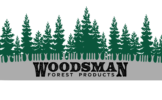What is “Live Edge” wood, Really?
I often forget that we all don’t have the same understanding of things. Wood is something I am constantly learning more about as I work with it, research things I don’t understand, and try to make things. Wood is always changing, even long after it is dead, milled, planed, and built into furniture or structures, it is still moving and changing. This is an amazing thing and it can also be a bit maddening when it doesn’t behave the way YOU WANT it to. (We humans tend to think everything should work the way WE want, or it is wrong. Silly Humans.)
Very recently I was discussing a table build for a couple of potential new buyers. She stated that she ‘did not want live edge, because it would (or might) peel off’’. My response was that “My Live Edges DO NOT peel off’.”
In retrospect, instead of getting my back up a little, I should have given a better explanation to help educate them, but then I realized the perception, and also the reality of what live edge means, and is, covers a wide spectrum. You have probably seen the little plaques in souvenir shops in rural areas of New England that sell the little plaque type things with some sort of saying on them and they are made from diagonal cut pieces of branches or small wood and finished with a varnish of some sort? Yes, these are of course live edge and many folks think that is what it means “with the bark on”. That works fine for conifers cut at the right time of year and sealed in a timely manner, but eventually that bark will come off even if it takes 50 years or more. With hardwoods, it takes a lot to keep that bark stable for even a few months, let alone years and it will come off at some point. So, making furniture this way is not a good idea. Many hobbyists will do this, or at least try it and then when it begins to loosen, they may go to great lengths to try to stabilize it using glue or other methods. This is folly, but whatever floats your boat. Some actually do pull this off, but it is very labor intensive. What one needs to understand with hardwoods is that there is a layer of Organic material between the outer bark and the sapwood that is called ‘cambium’ (you can look that up) and this material is the new growth which is very delicate material and breaks down quickly when the tree dies and it becomes dry. Trying to keep this intact is very difficult (let me know if you find a way!), so keeping it on when you make something from the wood is a bad way to start out.
As all the wood I work with is dead or nearly dead when I harvest or acquire it, there is no way I would consider leaving the bark on any hardwood and rarely on a conifer. Every time I think it is stable and I try, it fails later on down the road. So if you look at the photo at the top of this note, you will see that that slab has had all bark removed and it is down to the wood. Here is another photo of the same slab.
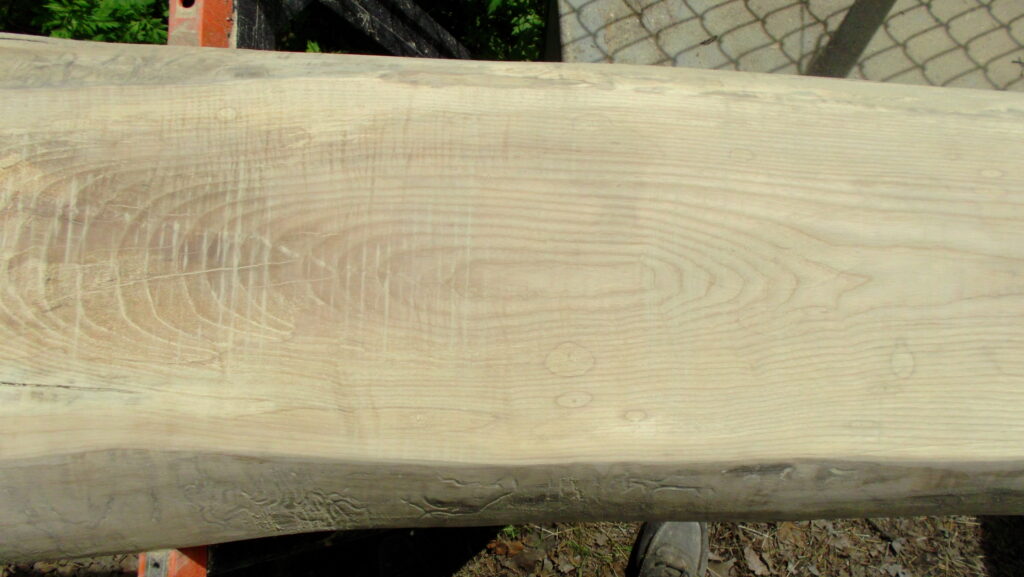
Slab bench early in the sanding and cleanup process.
As you can see, all the bark and delicate organic material has been removed. This is early in the finishing process as you can also see some saw marks remaining on the face. Looking closely you can see bug trails in the edge. This is from the Emerald Ash Borer which killed this tree and I try to preserve those because they add to the character and also show the trees history (and demise). However I remove all soft and flaky material that I know will eventually come off.
Here is that same piece after epoxy stabilizing the cracks, adding legs, and finishing.
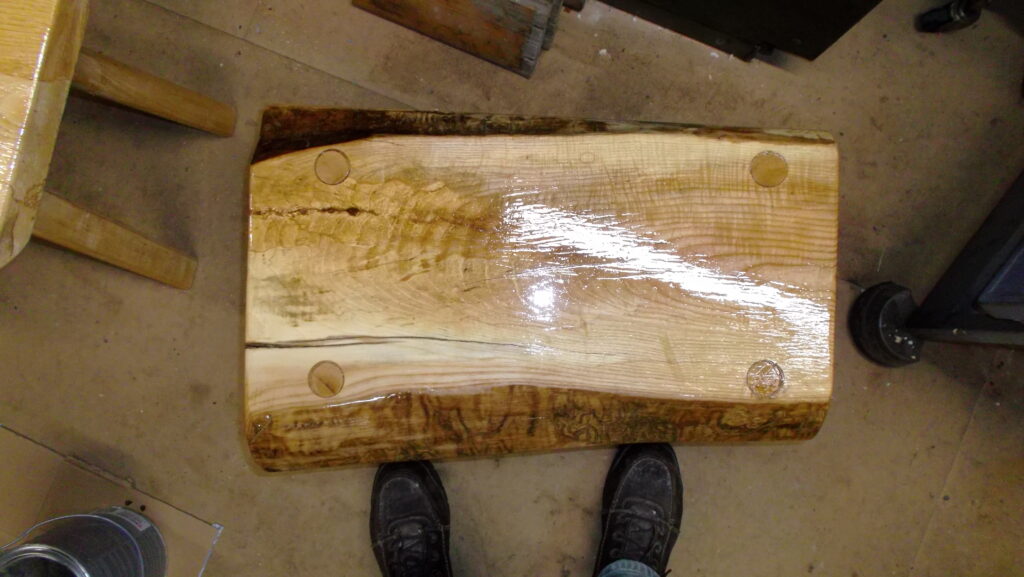
This is why I say “my live edges don’t peel off. There is nothing there but solid wood. I try to retain the features of the wood as best as I can, but if it is weak, or soft, it has to come off.
Now, having said all that, I recently (yesterday in fact) visited a bench I made about a year ago. The owner was a little upset because it had been left out in the open weather since they got it and the wind, rain, ice, and snow took their toll. It had a separation between the outer layer of young bark and the main sapwood. The owner felt he neglected it, but I knew I didn’t do a good job making it. No, I didn’t expect it to go through a full winter out in the open, and yes, it would likely have been just fine if it had been kept dry, but I still felt it was my fault and not his. Here is that bench just before delivery.
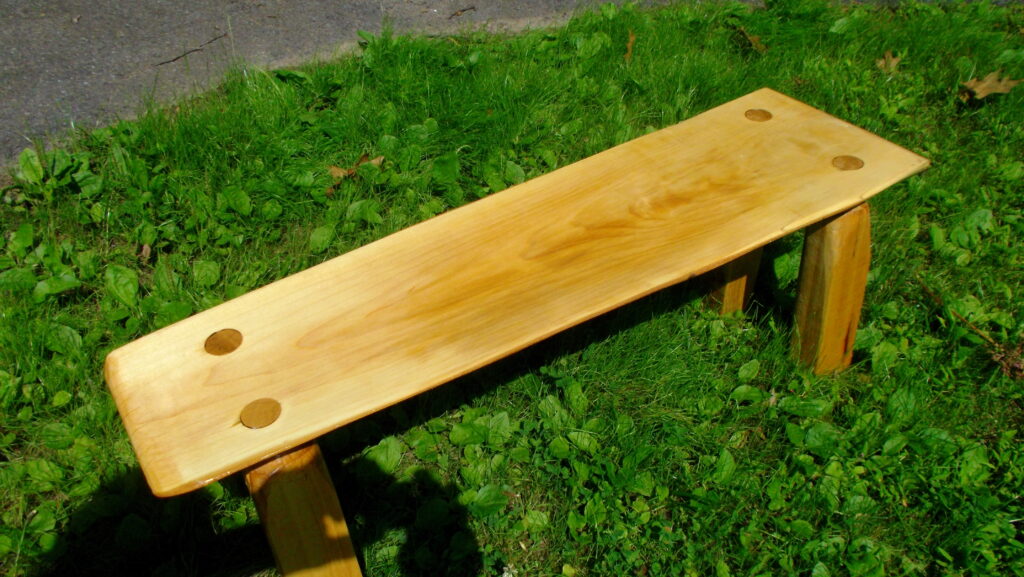
A nice little bench
As it happens I found a photo of that very bench when I was stripping the bark with a draw knife. As you can see, i am clearly down to solid wood, right? Wrong. Here is a photo, again, the same piece during the sanding process, see the little brown border on the outside edges?
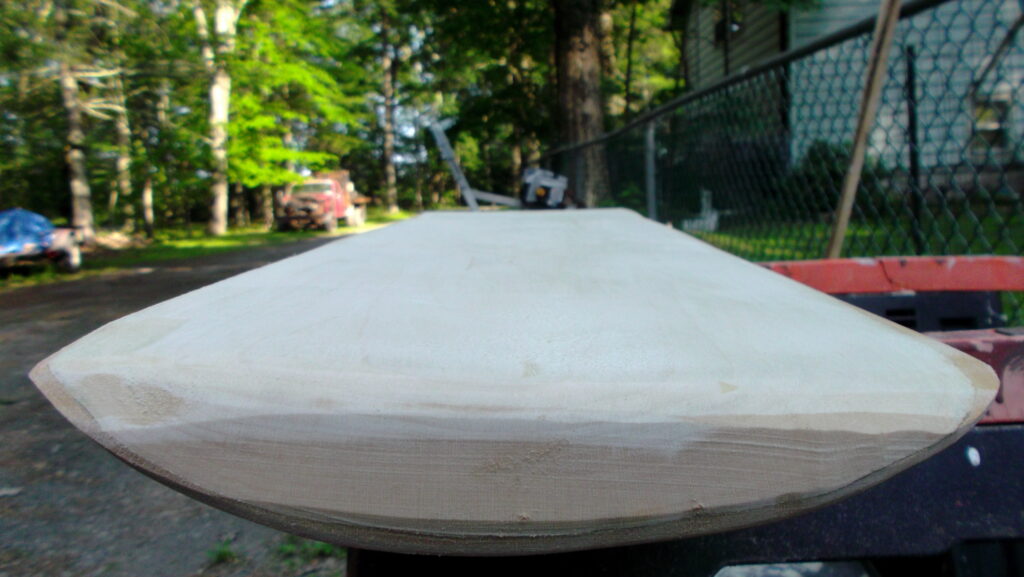
Even though it was solid and very hard to cut with a draw knife, it should have come off. SO what was my mistake? Well, I just didn’t let it dry enough to peel itself. I was in a hurry to work on my technique and I wanted to see if I could get away by using something that was not dry yet. I guess I got my answer.
So your mileage may vary on these live edges. Be careful and ask questions when you buy if you are not sure. These days, this is more what I have in mind when I do live edge, nothing but hard relatively solid wood. I think a better term is ‘Natural Edge’ and I am going to try to use that from now on. The edge you are seeing in this photo is from a Red Oak tree that was down and rotting nearly 15 years. It weighed a ton when I skidded it home and I removed nearly an inch of rot, dirt, and mold off the outer edge before I even started sanding. So what you see here is a surface that is just before the point of rotting. This is what I consider a ‘live’ or ‘natural’ edge these days. I guess my perception is changing also over time.
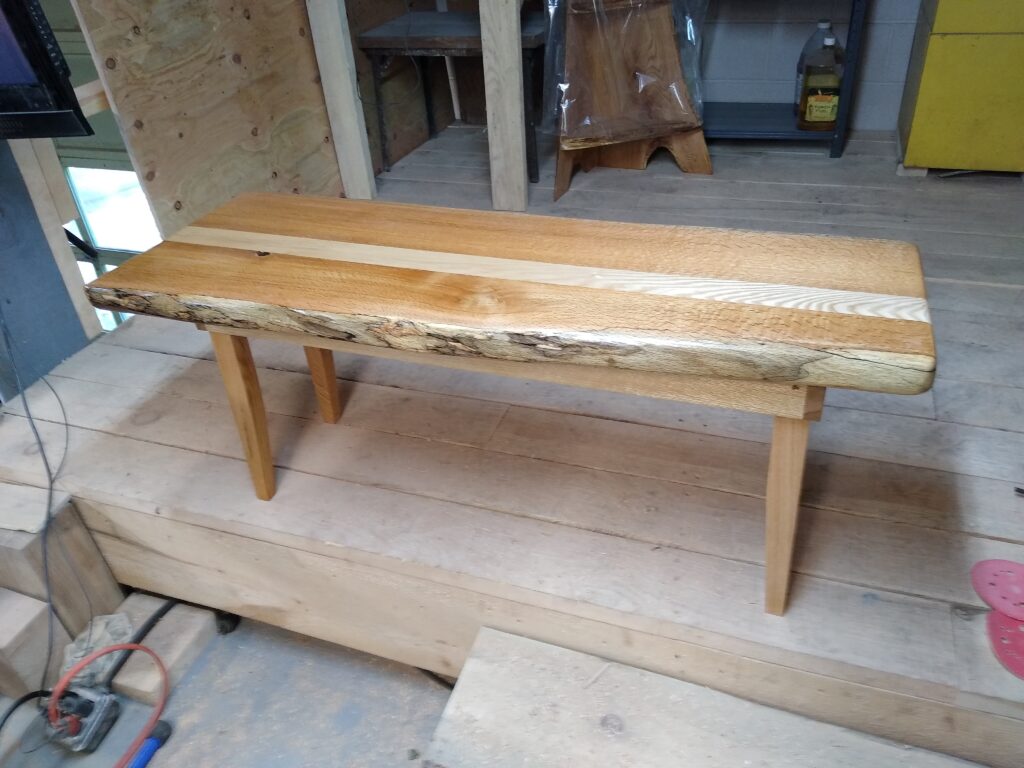
Coffee Table
Be Well, more next time. Tom
[Update, Winter of 2020]
Well I am all about being honest with myself, and my Clients. I should have learned to ‘never say never’ a long time ago. A couple of months ago I made a Red Oak bench and the bark on it just would not let go. This was a fair amount through the drying process, so I decided to test the theory. I finished the bench with the bark on it and so far it is holding and looks very nice. Whoever buys this one will get a free coupon for refinishing if the bark comes off within 5 years. It looks real pretty and has attracted attention from lots of folks. Stay tuned, I’ll let you know if it changes.
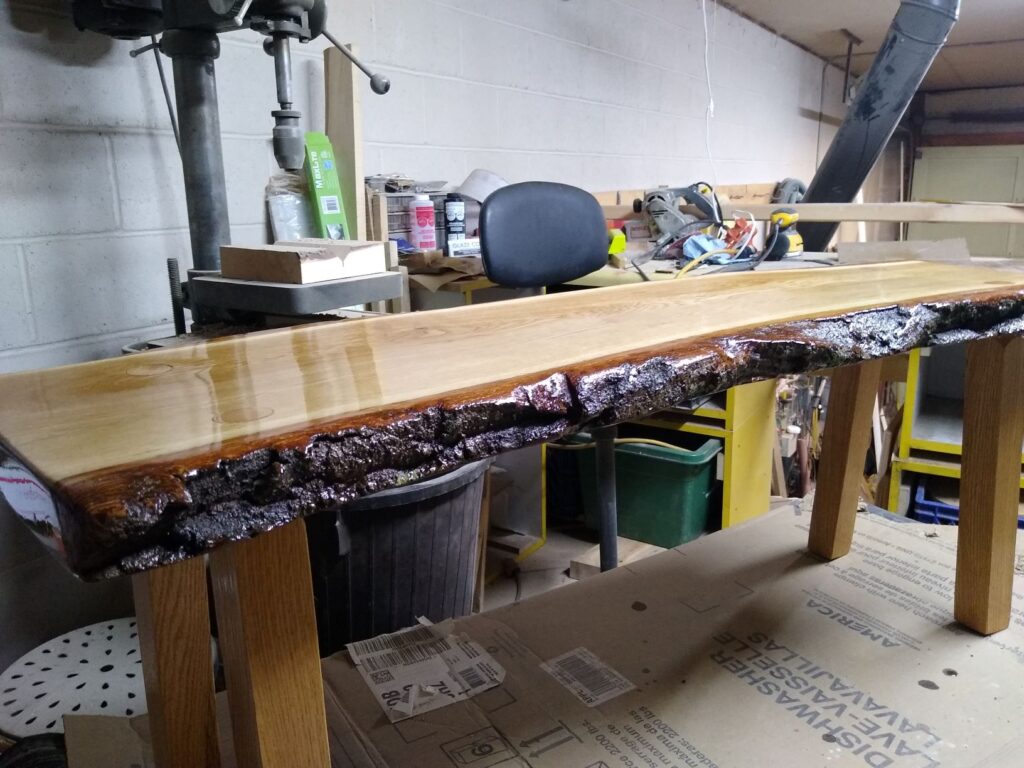
UPDATE, Winter 2021 (March)
Well we gave this one a test because we needed a bench in the house for the holidays. The grandkids loved it and gave it a fair amount of ‘testing’. We even used it for the family photos. Not a mark or broken piece of bark on it. I was going to wrap it back up and put it in stock, but the wife said it could ‘set there a while’. Yes, it is still for sale, but viewing is on request (and preferably when my wife isn’t home). 🙂
